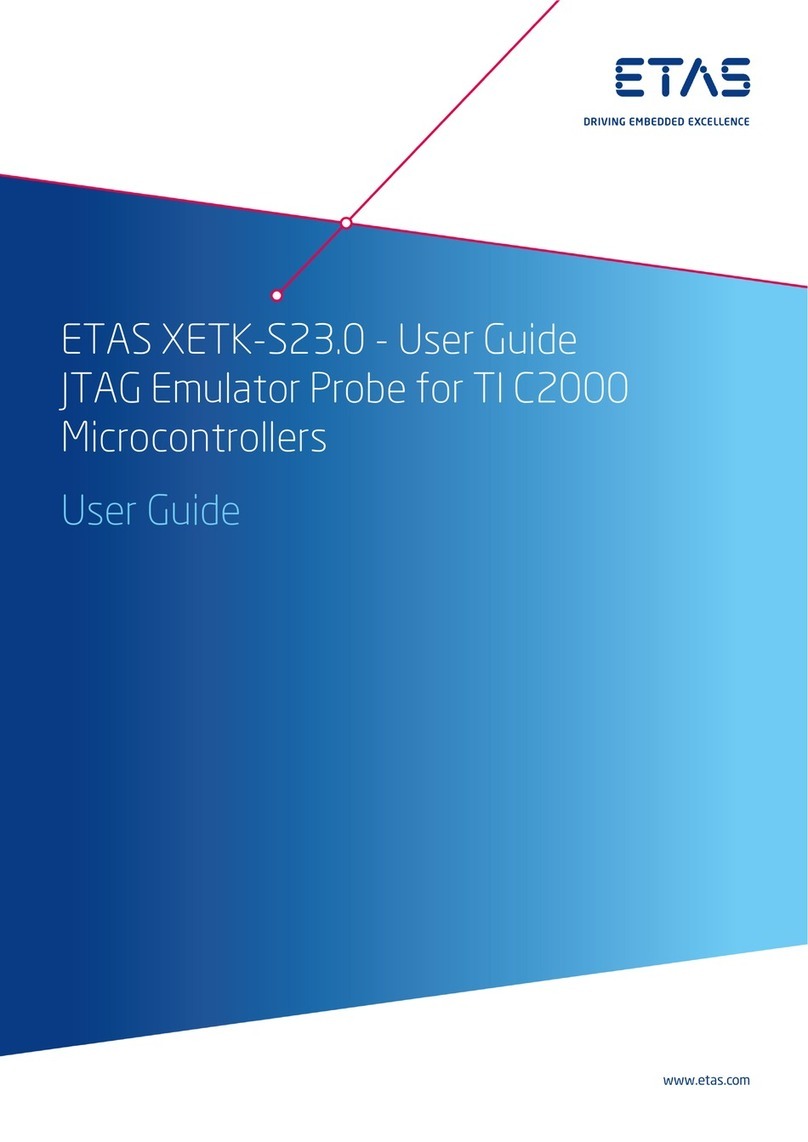ETAS ES1392.1 User manual
Other ETAS Computer Hardware manuals
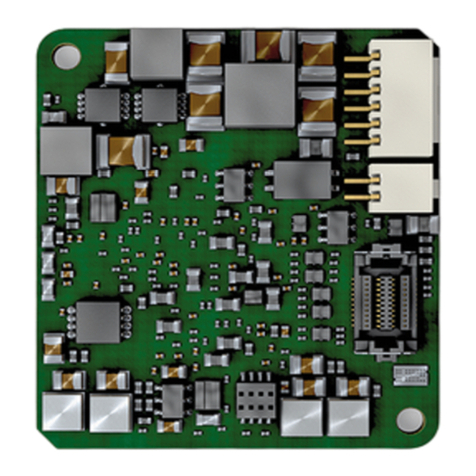
ETAS
ETAS BR-XETK-S4.0 User manual

ETAS
ETAS XETK-S21.0 User manual
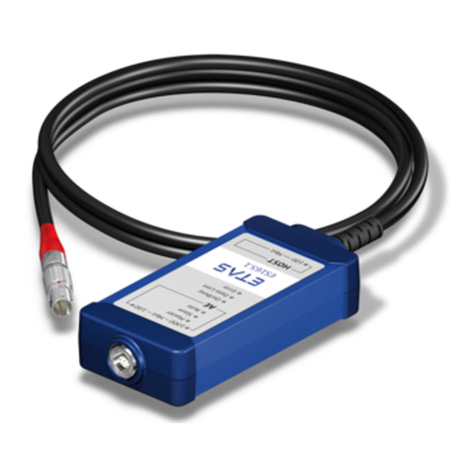
ETAS
ETAS BR XETK-S3.0 User manual

ETAS
ETAS XETK-S21.0B User manual
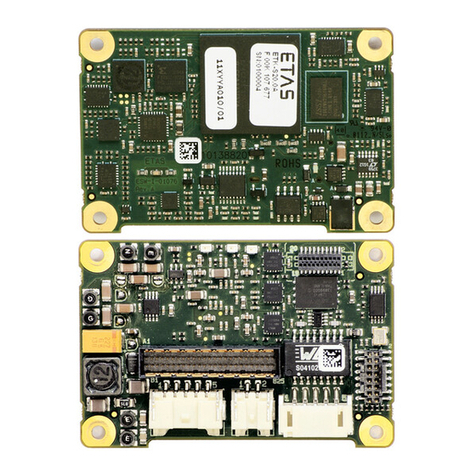
ETAS
ETAS ETK-S20.1 User manual

ETAS
ETAS ES5352.1 User manual
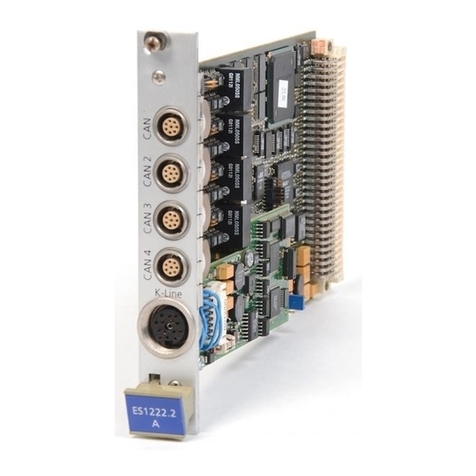
ETAS
ETAS ES1222.2-A User manual

ETAS
ETAS XETK-S22.0 User manual

ETAS
ETAS XETK-S31.0 User manual
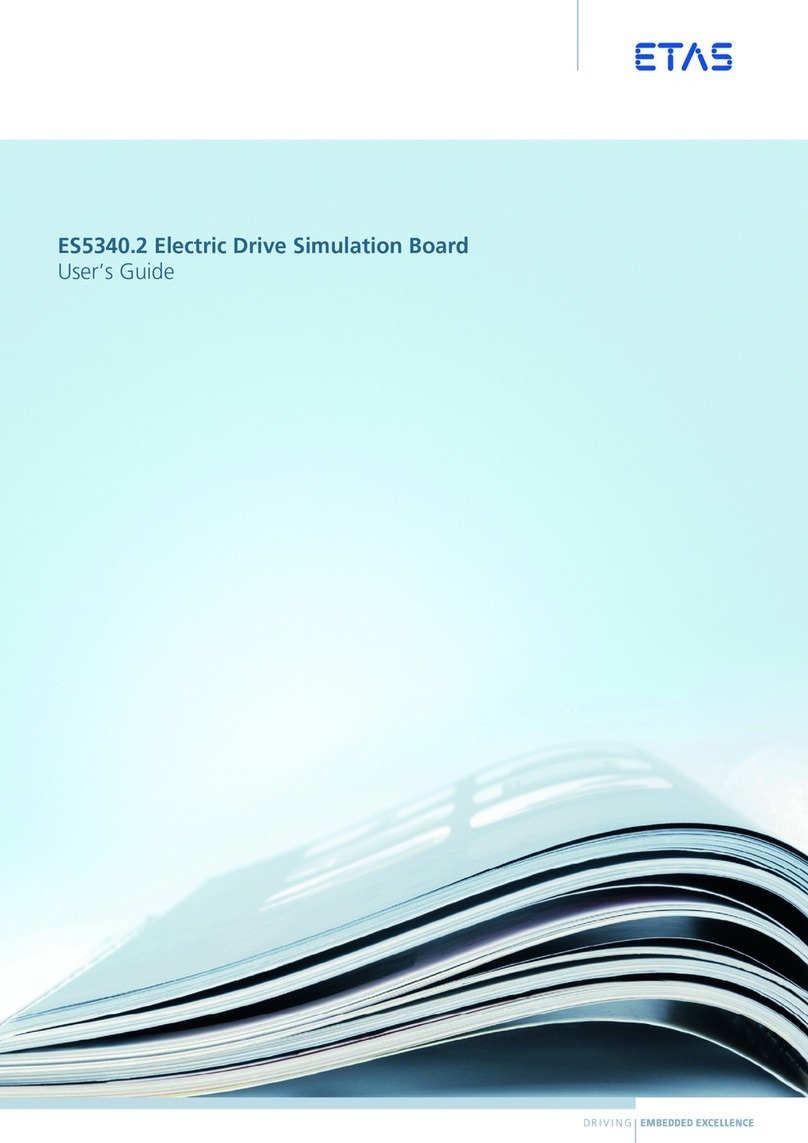
ETAS
ETAS ES5340.2 User manual

ETAS
ETAS ES4105.2 User manual
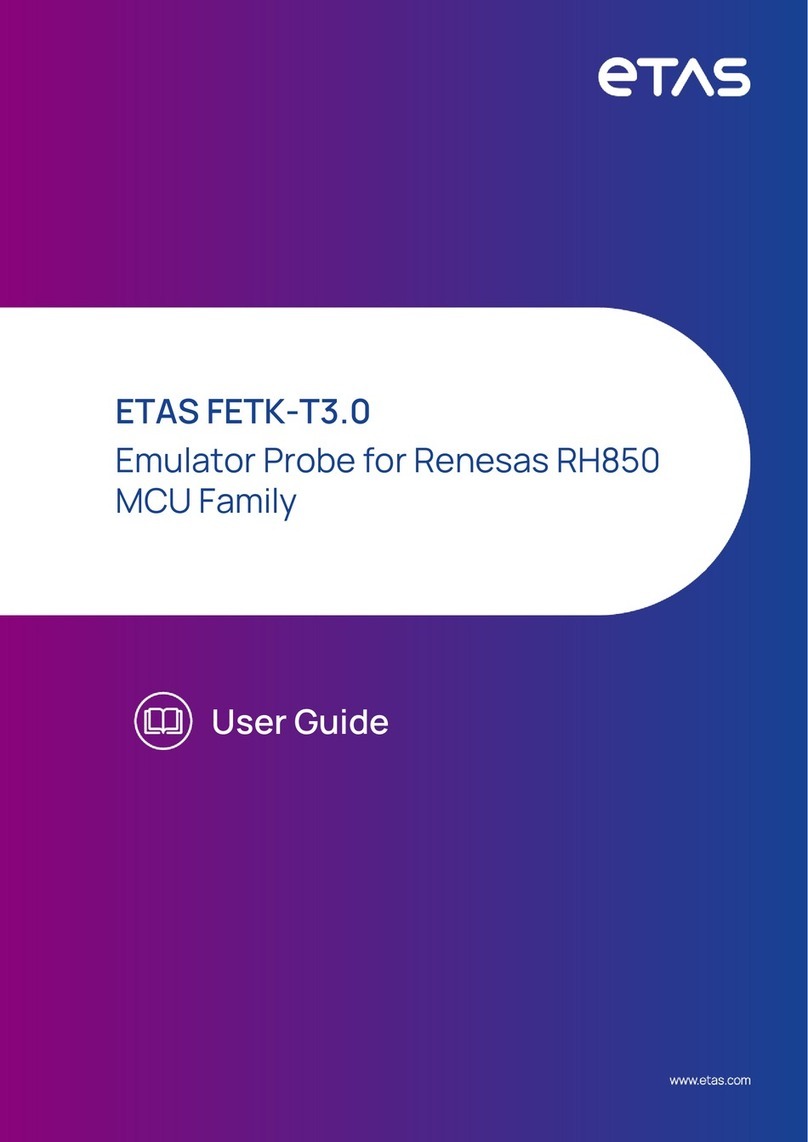
ETAS
ETAS FETK-T3.0 User manual

ETAS
ETAS FETK-T1.1 User manual
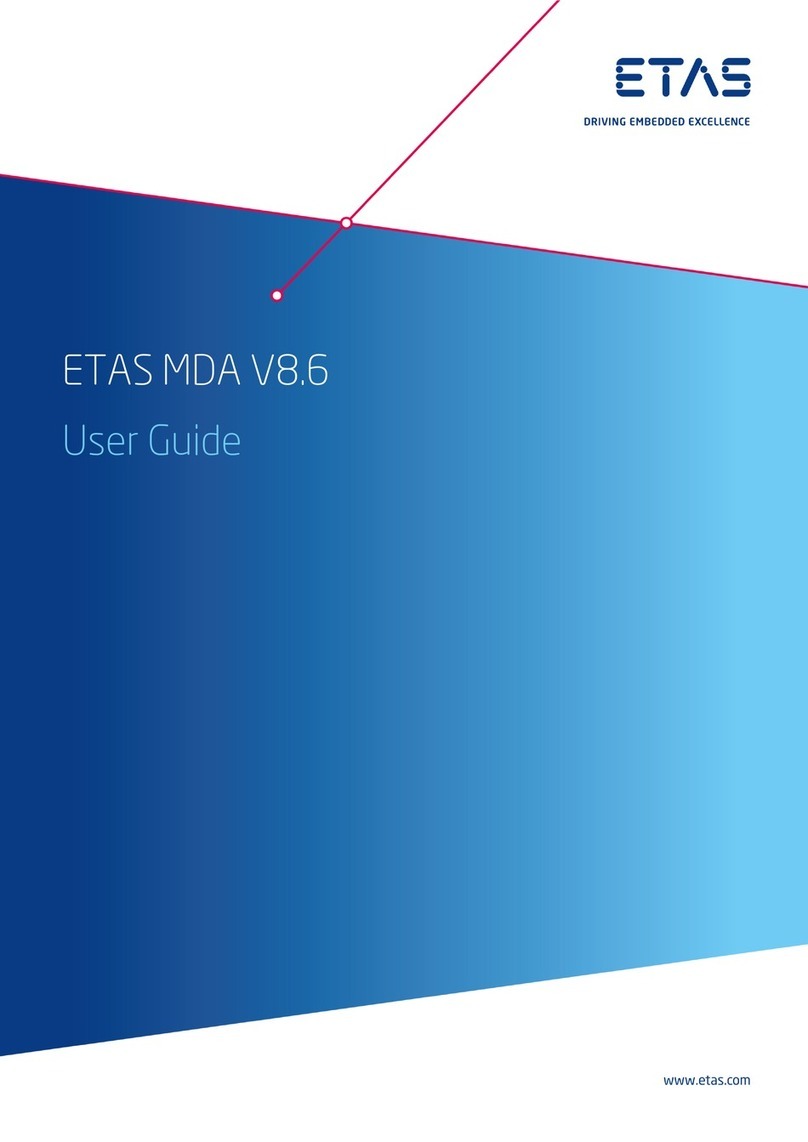
ETAS
ETAS MDA V8.6 User manual

ETAS
ETAS ES4455.1 User manual

ETAS
ETAS BR XETK-S2.0 User manual

ETAS
ETAS ETK-S6.0 User manual

ETAS
ETAS BR_XETK-S3.0 User manual

ETAS
ETAS ES1231.2-A User manual
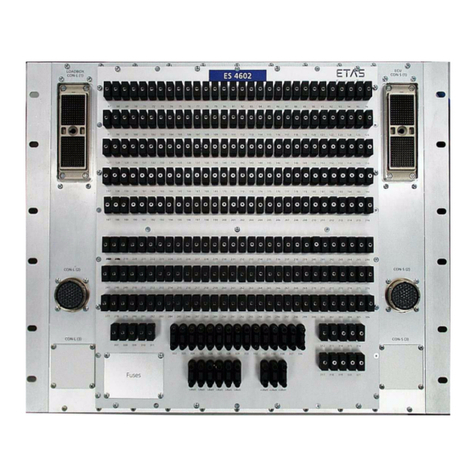
ETAS
ETAS ES4602 User manual
Popular Computer Hardware manuals by other brands

EMC2
EMC2 VNX Series Hardware Information Guide

Panasonic
Panasonic DV0PM20105 Operation manual

Mitsubishi Electric
Mitsubishi Electric Q81BD-J61BT11 user manual

Gigabyte
Gigabyte B660M DS3H AX DDR4 user manual

Raidon
Raidon iT2300 Quick installation guide

National Instruments
National Instruments PXI-8186 user manual
